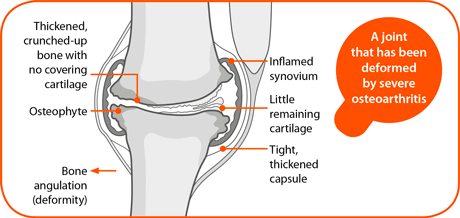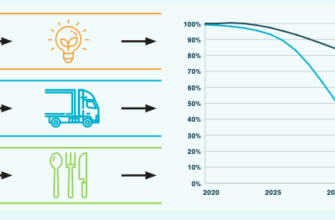Osteoarthritis (OA), often dubbed the `wear and tear` disease, is a pervasive and debilitating condition affecting millions globally. For years, the primary narrative surrounding this progressive degeneration of joint cartilage has largely focused on mechanical stress, genetics, and the inevitable march of aging. However, recent collaborative research from Sechenov University and Chinese scientists has brought to light an intriguing, almost deceptively simple, new piece of the puzzle: the subtle dance of trace elements within our bodies.
A Deep Dive into the Microcosm of Health
Published in the esteemed journal Biological Trace Element Research, this study challenges the conventional wisdom by suggesting that the severity and progression of OA might be inextricably linked to the balance — or rather, imbalance — of vital micronutrients. It`s a testament to the fact that sometimes, the biggest breakthroughs emerge from understanding the smallest components.
The researchers embarked on a comprehensive investigation involving over 300 women, carefully categorized into three groups: those with no osteoarthritis, those suffering from knee OA, and those contending with the dual burden of both knee and hip OA. Their mission? To meticulously compare the levels of 13 different trace elements in the women`s blood serum.
The Unexpected Findings
The results were, frankly, illuminating. Women grappling with osteoarthritis exhibited noticeably lower levels of several critical micronutrients compared to their healthier counterparts. Specifically:
- Selenium and Zinc: Concentrations of these two pivotal elements were found to be, on average, 7-9 percent lower in OA patients.
- Iron: Levels of iron saw an even more significant decline, dropping by as much as 18 percent.
- Vanadium: While less commonly discussed, reduced vanadium levels also showed a significant association with the presence of OA.
Crucially, these associations held strong even after accounting for confounding factors such as age, body mass, and the presence of other chronic diseases. This robust statistical correlation suggests that these micronutrient deficiencies aren`t just an incidental byproduct of OA but could play a more direct, fundamental role in its development and exacerbation.
Why Do These Tiny Elements Hold Such Sway?
The profound impact of these trace elements becomes clearer when we consider their biological roles. Think of our joints as intricate, miniature ecosystems, constantly undergoing processes of breakdown and repair. In this complex environment, these elements are like tiny, indispensable gears, each with a specific function:
- Selenium: A powerful antioxidant, selenium helps protect cells from oxidative stress – a key contributor to inflammation and tissue damage in OA. It also plays a role in immune function.
- Zinc: Essential for cell growth, repair, and a robust immune system, zinc is also a critical co-factor for numerous enzymes involved in cartilage formation (chondrogenesis) and the regulation of inflammatory responses.
- Iron: While iron deficiency is often associated with anemia, its role extends to cellular energy production and enzyme function, vital for maintaining healthy tissues.
- Vanadium: Though less studied in this context, vanadium is known to influence various metabolic pathways, potentially including those related to bone and cartilage health.
When these gears aren`t performing optimally, due to insufficient raw materials, the entire system can falter. The researchers hypothesize that these observed deficiencies may amplify oxidative stress and inflammatory reactions within joint tissues, essentially pouring fuel on the fire of OA progression.
Towards a Nutritional Compass for Osteoarthritis?
This groundbreaking study doesn`t offer an overnight cure, for the human body, regrettably, rarely offers such straightforward solutions. However, the findings undeniably open new avenues for proactive strategies. Imagine a future where early diagnostic markers include a detailed micronutrient panel, allowing for personalized interventions long before severe joint damage occurs.
The notion of leveraging a personalized approach, involving the targeted intake of specific micronutrients, holds immense potential to slow the progression of this debilitating disease. Naturally, such hypotheses require extensive further clinical confirmation through rigorous trials. But the direction is clear: moving beyond symptomatic treatment towards addressing the underlying biological vulnerabilities.
A Broader Perspective: Are We Undernourished in a World of Plenty?
In a society often grappling with nutrient-poor diets and lifestyle factors that deplete our reserves, this research serves as a poignant reminder that true health is often built from the ground up, on the very smallest foundations. Perhaps the path to healthier joints isn`t solely in grand surgical feats or complex pharmaceutical cocktails, but also in ensuring our internal chemistry is perfectly tuned. A notion that, while seemingly obvious, often gets lost in the pursuit of more dramatic `cures`.
While the journey from correlation to causation, and then to widely applicable treatment, is long and arduous, this study shines a hopeful light. It urges us to consider the often-overlooked micronutrients as vital players in the complex orchestra of joint health. For those battling OA, and indeed for anyone interested in preventive health, it serves as a potent reminder: sometimes, the most dangerous enemies, and indeed the most promising allies, are the ones you can`t see.









